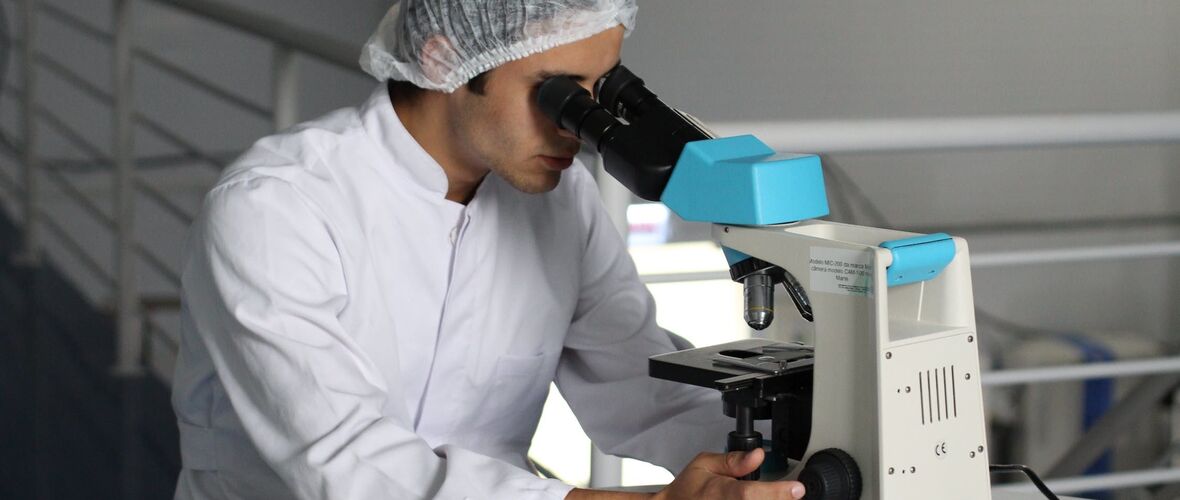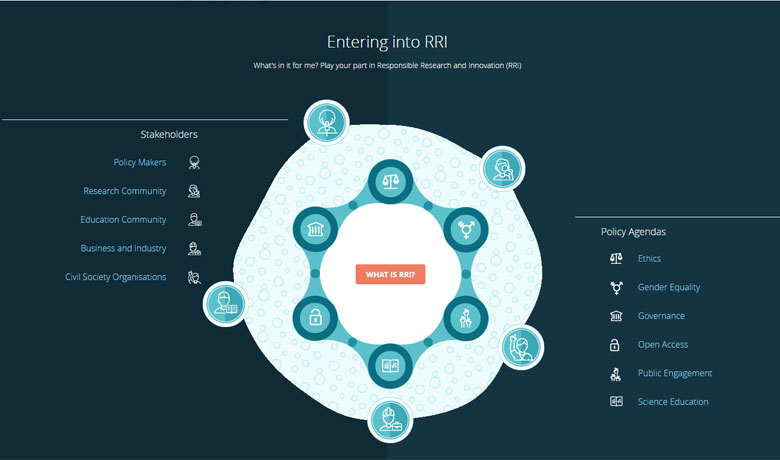Combating R&I Interference
February 24, 2022 | Expert Insights

The European Commission (EC) has published a paper prioritising ‘academic rigour and research independence’ by safeguarding it from ‘foreign interference’. By emphasising new knowledge and breakthrough innovation, it seeks to drive the impending green and digital transformations forward.
The COVID-19 pandemic has highlighted the importance of continuous research and innovation (R&I) in successfully responding to the debilitating impacts of the disease. Europe's recovery plan out of the current crisis will also be based on such R&I. However, it is not very clear if the EU is committing to greater collaboration and openness in sharing its research findings or if it is looking to create stronger barriers in protecting its R&I.
Background
The EU has always maintained research as a cornerstone for investing in the future and competing globally. Its support for research and innovation has, in fact, been international. It has actively encouraged cooperation between research teams across countries and disciplines to facilitate cross-functional discoveries. The bloc has also put in place a multi-annual research and innovation framework for programmes, which provides funding to strengthen the EU’s position in science and industrial innovation.

Analysis
The EC’s new toolkit outlines ideas on how to mitigate foreign interference in R&I. It showcases best practices to support the EU Higher Education Institutions and Research Performing Organisations in “safeguarding their fundamental values, including academic freedom, integrity and institutional autonomy, as well as to protect their staff, students, research findings and assets.”
The toolkit is timely in prioritising research that finds innovative solutions for global challenges. As evidenced by the current pandemic, science and innovation benefit from cooperation and international networks. While the benefits from an international framework of cooperation are evident, there are inherent risks and challenges that research actors must take into account. The new toolkit has developed a strategy to tackle such risks and challenges from abroad by grouping them into categories such as values, governance, partnerships and cybersecurity.
R&I actors can develop an approach to tackle foreign interference through four phases: awareness-raising, prevention, response and recovery. These are designed to strike a balance between risk reduction and resilience enhancement while also ensuring effective response and recovery capabilities.
In the face of growing cooperation between countries, research protection has assumed more importance. Protecting research and innovation through IPRs is, of course, no longer a new theme, but its importance has grown rapidly in light of the growing collaboration by academia. The EC has put together a broader strategy to strengthen and simplify patent protection while preventing foreign countries from wrongfully acquiring European R&I assets. These were put to use recently when EU officials felt the need to protect their research assets.
For example, there was an alleged attempt by former U.S. President Donald Trump to gain access to COVID-19 vaccine knowledge held by German biotech firm CureVac. China too, has been on the radar but has not been named as a likely country at the top of the drafters’ minds. The EU’s Director-General for Research and Innovation Jean-Eric Paquet said the EU was working on "a framework of principles for engagement with China. It's not [putting up] a wall; it's about engaging with China on a better basis."
The Commission has prioritised the protection of EU research and says that it stands ready to use ‘restrictive measures’ to counter private and government-sponsored cyber espionage. According to it, the EU is “facing several challenges that undermine our creative and innovative efforts.” A costly patent system has been identified as the chief stumbling block because “we still have no unitary patent nor a unitary supplementary protection certificate.” The EC stands committed to tackling “outdated or overly complicated procedures, inappropriate fee levels and structures, and a lack of coherence of rules between countries.” It proposes to tweak existing tools to make them “fit for the digital age”, such as improving the supplementary protection certificates for patented medicinal and plant protection products.
Assessment
- The EC’s toolkit in maintaining the independence and rigour of research and innovation has probably never been more in need than now in the face of renewed pressures posed by the COVID-19 virus. International research cooperation is of critical importance in fighting the global menace, and this will entail the robust protection of research.
- Any foreign interference that destabilises the effective research process will hinder R&I collaboration. Prioritising research protection through patents and IPRs clearly demonstrates the inherently 'exclusive' nature of the research process, and it remains to be seen if this will allow for a more enhanced collaborative process.








Comments